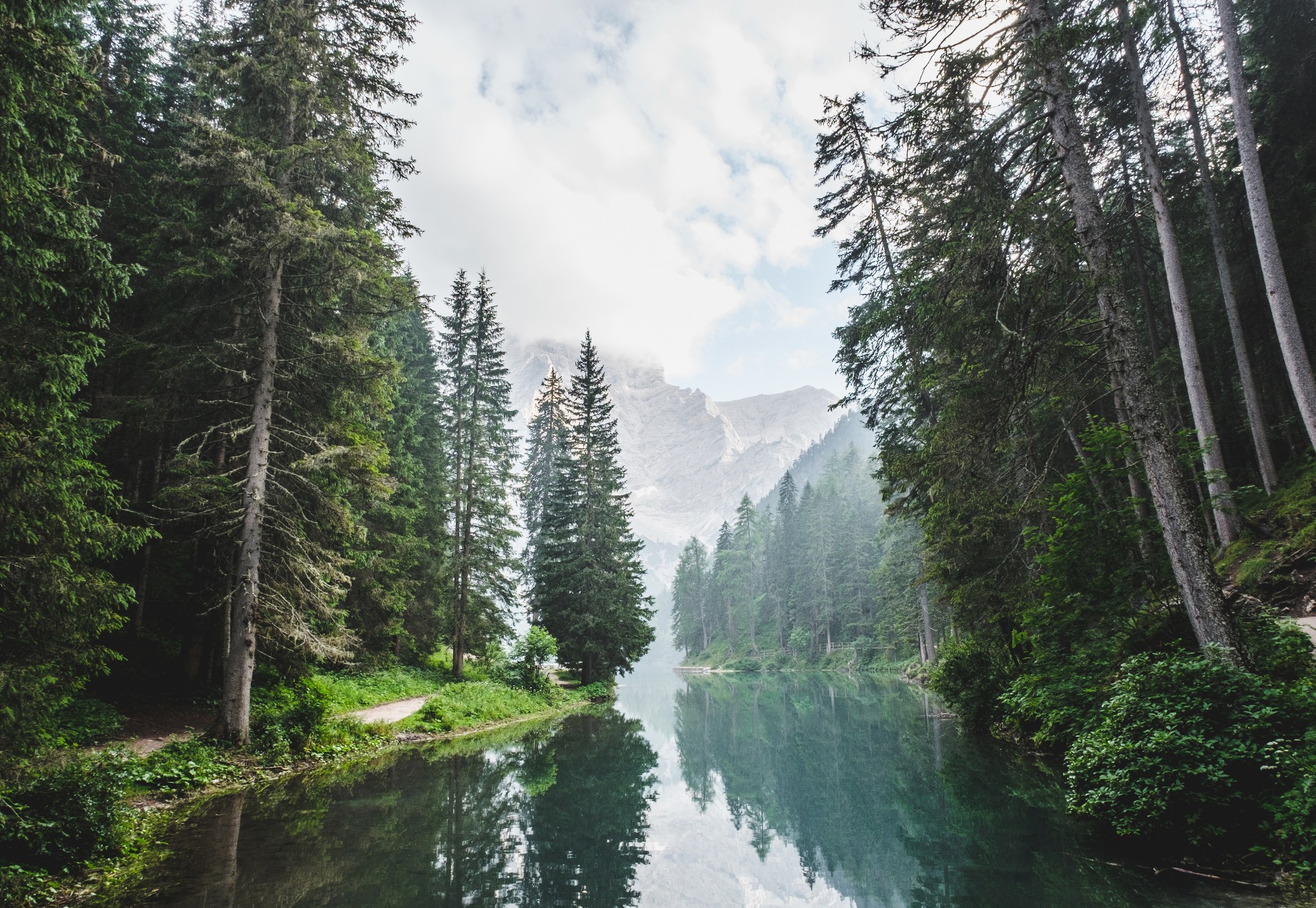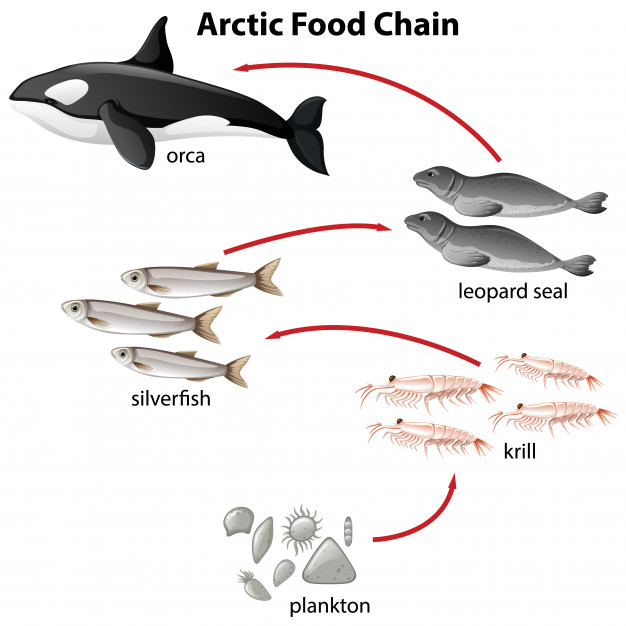Food chain and food web
A food chain shows how each living thing gets food, and how nutrients and energy are passed from creature to creature.

Producers
Producers make their own food for themselves.
Plants make their own food. They use water and sunlight to make the food they need to survive and grow.
Consumers
Animals cannot make their own food, they need to eat plants, or other animals, to survive. They are consumers.
There are two types of consumers:
1.- Prey
They are eaten by larger animals.
Among them we find animals that eat plants (hervibores) and small animals.


2.- Predators
They prey on (hunt) the smaller animals to eat. Predators can be carnivores or omnivores.


Decomposers
They eat decay matter, that is dead plants and animals.
When decomposers eat, they decompose their food and release nutrients and minerals back into he soil which are used by plants.



_____________________________________________________________________

_____________________________________________________________________
Activity
Classify the following organisms depending on their position on the food chain.
Say if they are: PRODUCERS - CONSUMERS - DECOMPOSERS




________________________________________________________________
Food Webs
Food webs show how plants and animals are connected in many ways to help them all survive, unlike food chains that just follow one path.
A food web is similar to a food chain but larger, it is a diagram that combines many food chains into one picture.
It uses arrows to show the energy relationships among organisms.
For example:
A tree produces acorns - this is called the producer.
Mice, squirrels, and insects eat these acorns and because there are many mice, the weasels, snakes and raccoons have food. With insects in the acorns, other predators would be attracted (like skunks or opossums) and therefore, foxes, hawks or owls could all find food.


